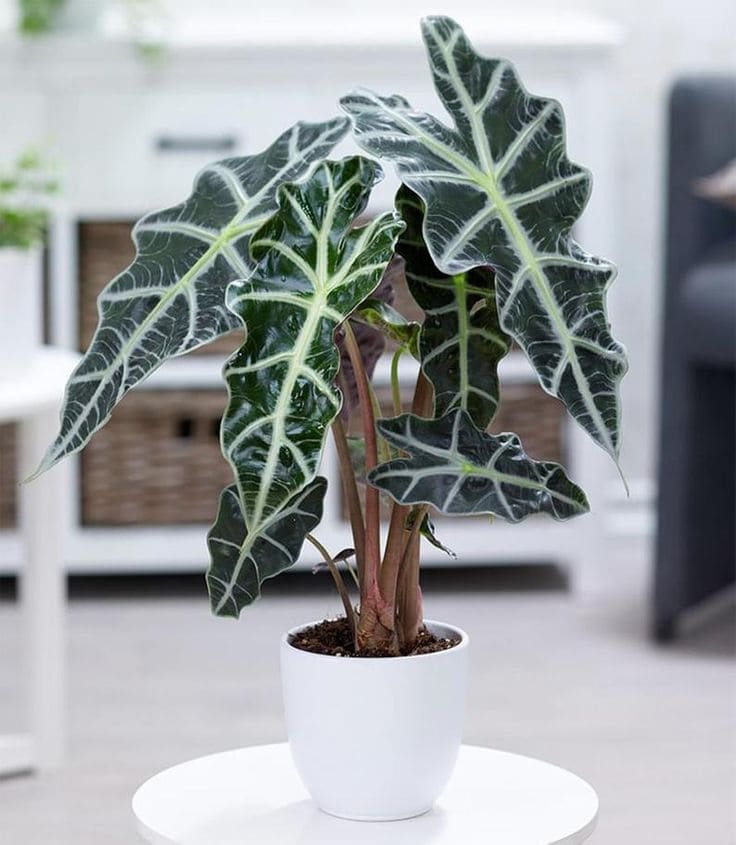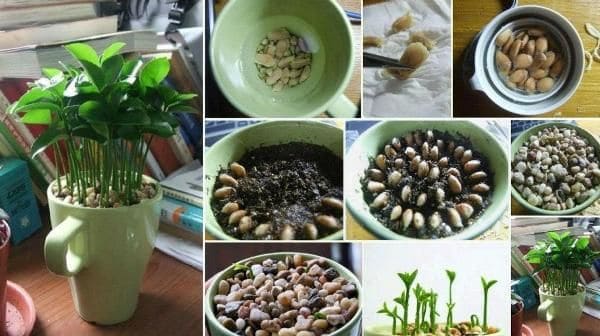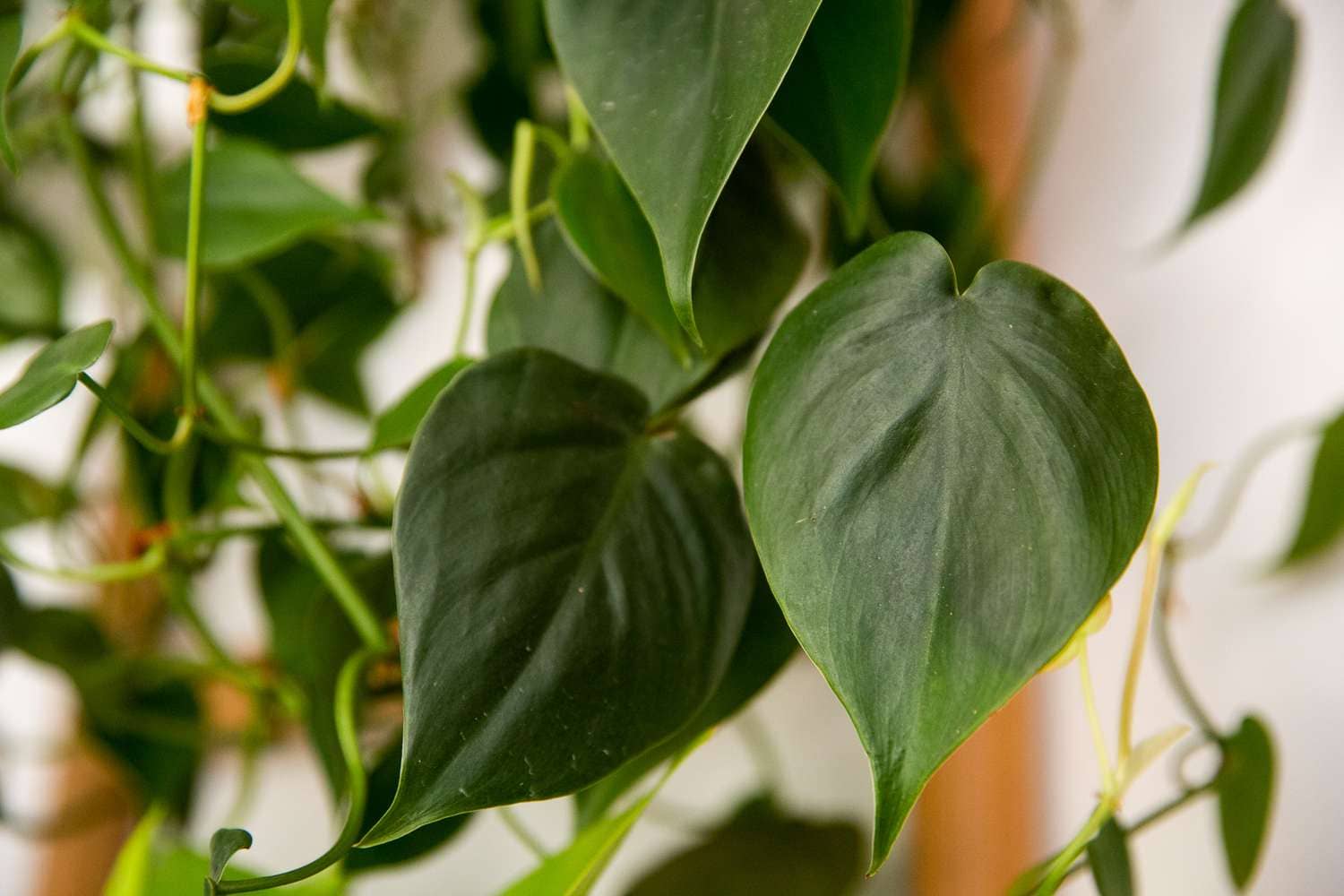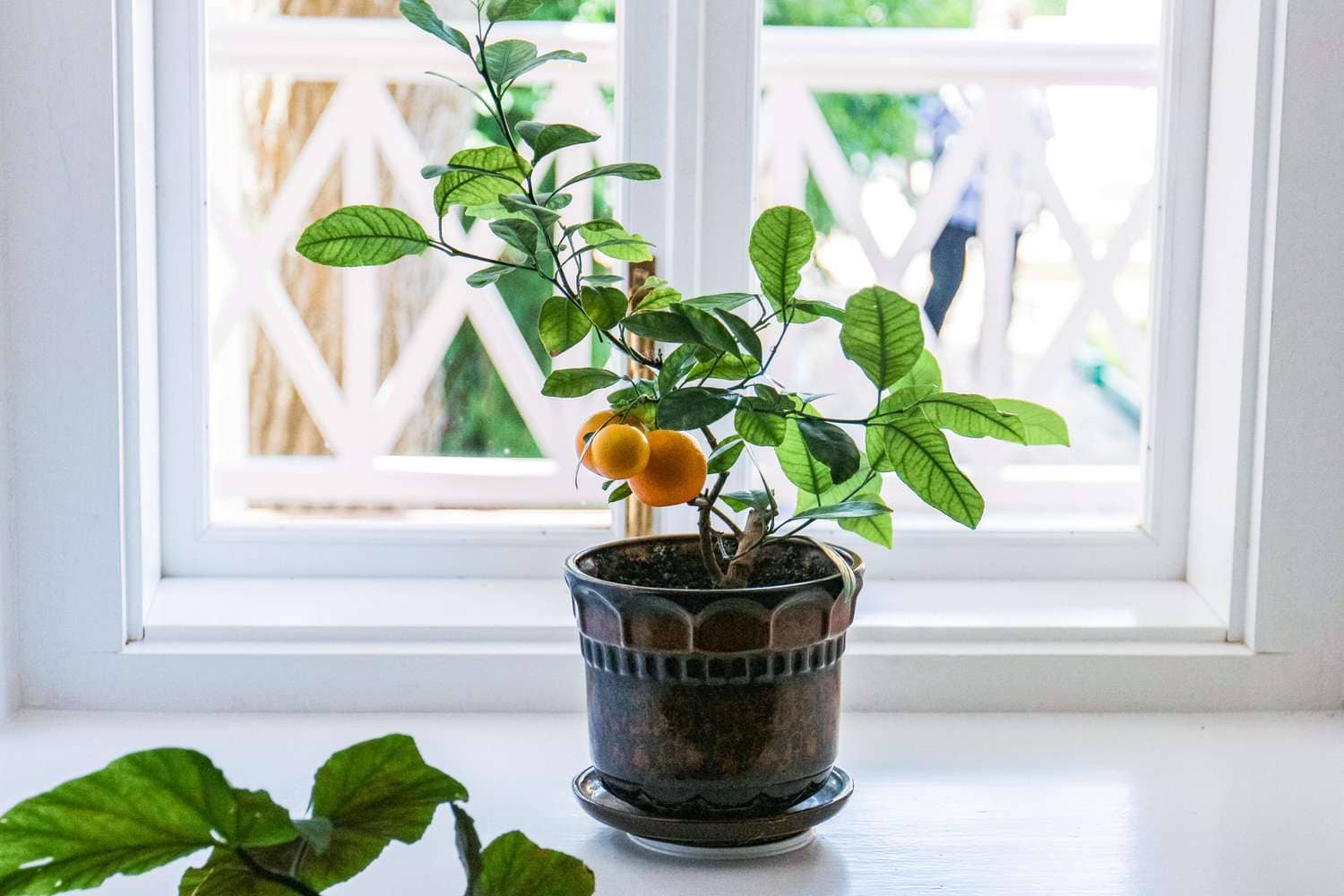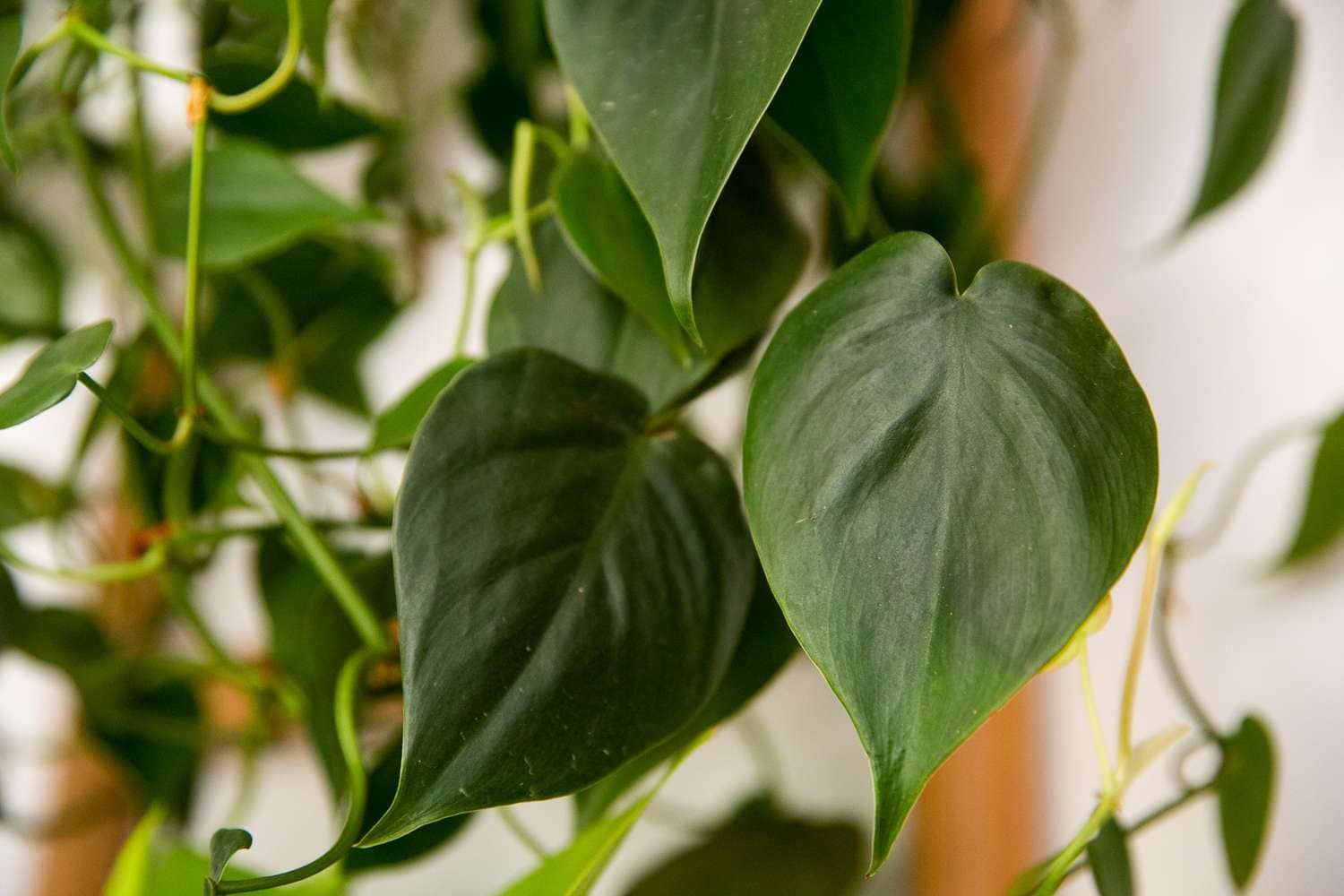Introduction
Alocasia Polly, also known as African Mask or Elephant Ear, is a striking plant known for its distinctive arrow-shaped leaves and vibrant green hues. Belonging to the Araceae family, this tropical gem adds an exotic flair to any indoor space, making it a favorite among plant enthusiasts. In this guide, we’ll delve into the fascinating world of Alocasia Polly, exploring its origins, characteristics, care tips, and much more.
Exploring the Origins of Alocasia Polly
Alocasia Polly originates from Southeast Asia, where it thrives in the warm and humid conditions of tropical rainforests. With its roots deeply embedded in the lush soils of countries like Thailand, Malaysia, and Indonesia, Alocasia Polly has become a beloved addition to households worldwide, bringing a slice of the tropics into urban jungles.
Understanding the Characteristics of Alocasia Polly
Distinctive Features of Alocasia Polly
Alocasia Polly stands out with its arrow-shaped leaves, featuring deep green hues adorned with contrasting veins. The glossy foliage adds an element of elegance to any space, making it a popular choice for interior decoration.
Size and Growth Rate
While relatively compact compared to its larger relatives, Alocasia Polly can still reach impressive heights, typically ranging from 1 to 2 feet tall. With proper care, this plant can exhibit rapid growth, filling its surroundings with lush greenery.
Light and Temperature Requirements
Alocasia Polly thrives in bright, indirect light, mimicking its natural habitat under the canopy of tropical forests. It’s essential to avoid direct sunlight, as it can scorch the delicate leaves. Additionally, maintaining temperatures between 65°F to 80°F (18°C to 27°C) ensures optimal growth and vitality.
Caring for Your Alocasia Polly
Watering
Alocasia Polly prefers consistently moist soil, but it’s crucial to avoid overwatering, which can lead to root rot. Allow the top inch of soil to dry out between waterings, ensuring adequate drainage to prevent waterlogged conditions.
Humidity and Misting
To mimic its native environment, provide ample humidity for your Alocasia Polly. Regular misting or placing the plant on a pebble tray filled with water can help maintain the ideal moisture levels, preventing the leaf edges from drying out.
Fertilization
During the growing season in spring and summer, fertilize your Alocasia Polly monthly with a balanced liquid fertilizer diluted to half strength. However, reduce fertilization during the dormant winter months to avoid stressing the plant.
Repotting
As Alocasia Polly matures, it may outgrow its container, necessitating repotting to provide ample space for root growth. Repot every 1-2 years in spring, using a well-draining potting mix rich in organic matter.
Common Issues and Troubleshooting
Yellowing Leaves
Yellowing leaves in Alocasia Polly can indicate overwatering or inadequate drainage. Adjust your watering routine and ensure proper drainage to prevent waterlogged soil.
Pests
Alocasia Polly is susceptible to pests such as spider mites and aphids. Inspect your plant regularly and treat any infestations promptly with insecticidal soap or neem oil.
Leaf Browning
Browning leaf tips in Alocasia Polly may result from low humidity levels or exposure to dry air. Increase humidity by misting the leaves or using a humidifier to create a more favorable environment.
FAQs (Frequently Asked Questions)
- How often should I water my Alocasia Polly?
- What is the best location for my Alocasia Polly?
- Can Alocasia Polly tolerate low light conditions?
- How do I propagate Alocasia Polly?
- Is Alocasia Polly toxic to pets?
- What are the benefits of owning an Alocasia Polly?
Conclusion
In conclusion, Alocasia Polly is not just a plant; it’s a symbol of elegance and tropical beauty. By understanding its origins, characteristics, and care requirements, you can cultivate a thriving oasis in your home while indulging in the joys of nurturing a living work of art.

